![]()
![]()
![]()
Use LEFT and RIGHT arrow keys to navigate between flashcards;
Use UP and DOWN arrow keys to flip the card;
H to show hint;
A reads text to speech;
15 Cards in this Set
- Front
- Back
|
Alliteration
|
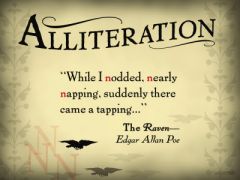
When words that begin with the same sound are placed close to one another.
|
|
|
Rhyme Scheme
|
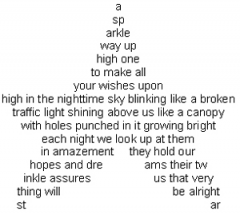
The pattern of rhyming lines in a poem.
|
|
|
Irony
|
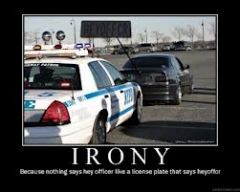
Irony involves saying one thing while really meaning another, contradictory thing.
|
|
|
Metaphor
|
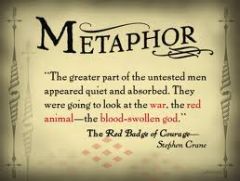
Happens when one thing is described as being another thing. "You're a toad!" is a metaphor.
|
|
|
Internal Rhyme
|

The rhyme occurs inside a line, such as "Lets BEAT the HEAT."
|
|
|
Imagery
|

Imagery is intense, descriptive language in a poem that helps to trigger our senses and our moments when we read it.
|
|
|
Meter
|
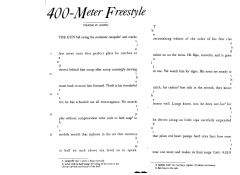
The number of feet in a line of poetry.
|
|
|
Simile
|
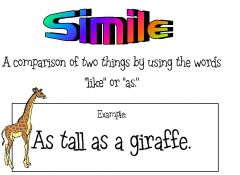
Similes compare one thing directly to another. For example, "My love is like a burning flame" is a simile. You can quickly identify similes when you see words "like" or "as" used, as in "x is like y."
|
|
|
Poetic Stanza
|
A group of two or more lines that form a unit in a poem.
|
|
|
Slant Rhyme
|
Two words are nearly rhymed but slightly different, such as "Lake" and "Fate".
|
|
|
Allusion
|
An allusion happens when a speaker or character makes a brief and casual reference to a famous historical or literacy figure or event.
|
|
|
Sight Rhyme
|
Two words look alike but don't sound alike, such as "Love" and "Jove" or "Daughter" and "Laughter."
|
|
|
Symbolism
|
When the author uses an object or reference to add deeper meaning to a story.
|
|
|
Allegory
|
A kind of extended metaphor (a metaphor that weaves throughout the poem) in which objects, persons, and actions stand for another meaning.
|
|
|
Hyperbole
|
A hyperbole is a gross exaggeration. For example, "tons of money" is a hyperbole.
|

